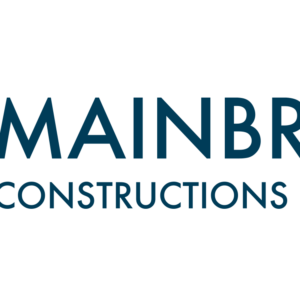A brochure is a relatively inexpensive and smart way to get your message across, and whilst it requires some thought and time to get a beautiful brochure together, there is indeed a wide audience to be reached. A brochure is convenient, and if it looks professional, creates a great impression for your target audience. There are, however, several points to consider when designing a brochure – important points that ensure you get your message across in the best way possible. Below is a short list:
• Know your audience. Is your target group the young and young at heart? You might want to consider bright colours and fun pictures. Rockers and heavy metal fans probably won’t appreciate pink, and elderly people may have trouble reading small fonts. Start with the end in mind – get as much information about your readers and your target audience as possible.
• Consider your message carefully. It’s always best to put ideas down on paper in bullet point formation so you can have an overview of what you really want to let the public know. Apart from this, having a summary on paper will also allow you to prioritise and arrange for space.
• Plan your space. The dimensions of the brochure determine the amount of space you have, but altogether, it’s quite limited. Keep in mind that your brochure also has to have images, and certain fonts require more room than others. Think about margins as well.
• Make a study. Just like artists often make a study of their subject, so should you. First draw boxes on a piece of paper, have it printed, and see if the layout works. By printing a preliminary design, you can physically see the arrangement of text and pictures and imagine what the end product will look like. That gut impression after the first glance will help you decide whether to keep the design or adjust it in the end.
• Choose your headline carefully. The headline must capture the attention of your target audience and entice them to read the brochure in its entirety. Make it bold, make it clear, and let the headline summarise what the brochure is all about. Consider questions (for example: “Tired of restless nights?”), or “How to” statements (“How to lose weight quickly”).
• Clarity in images. Make sure your pictures and images represent your message, and that they are focused and beautiful as well. Pictures take up a lot of space but provide visual pleasure – choose them carefully and make them count.
• Make a statement. Be bold in your message – say exactly what you mean. You need to get your message across quickly, so make sure you sell your product, service, company, or event.
• Call to action. Your brochure has a purpose – whether it is to inform, to entice, to warn, or to invite, there must always be a call to action. Your audience should feel compelled to do something after reading the brochure. Call now! Order now! Contact your doctor! Vote for Charlie!
Designing a brochure can be fun and exciting – it is, after all, a communiqué that either makes a great impression, or doesn’t. It can be difficult at times, but by following some proven methods and by seeking advice and help from professionals such as www.eazy-print.com, the process of designing and brochure printing can go much smoother.




